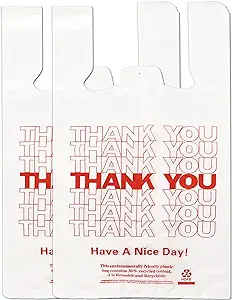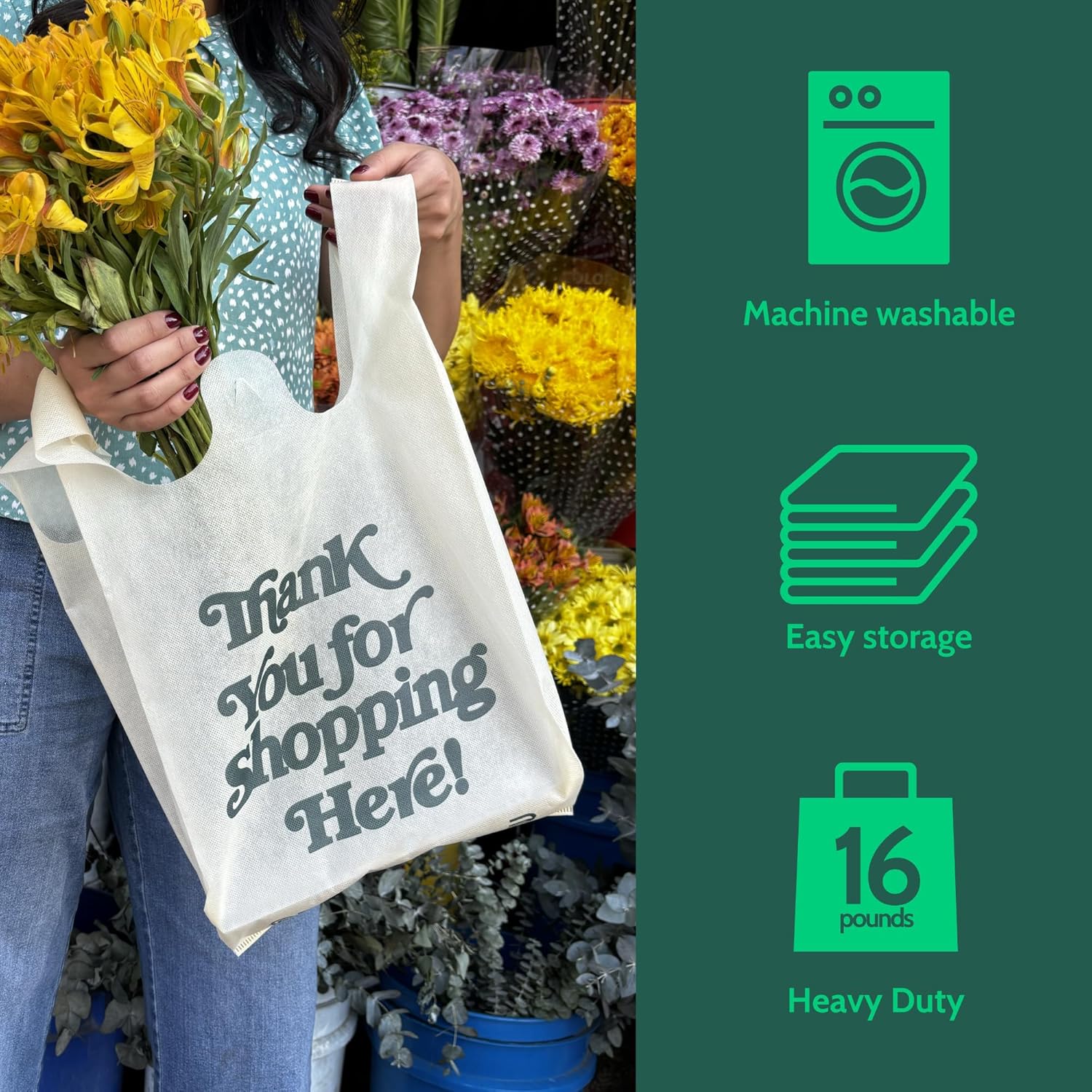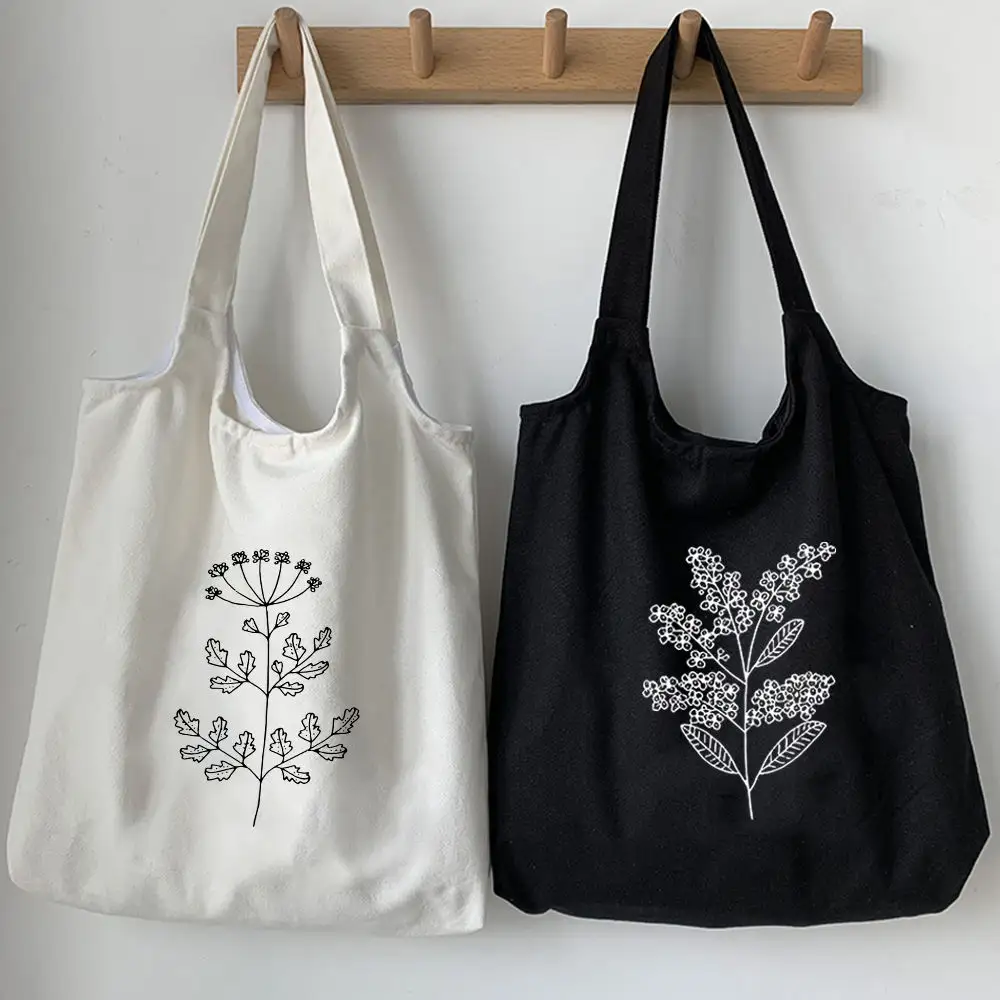In recent years, environmental consciousness has risen dramatically, prompting consumers and businesses alike to reconsider their shopping habits. One of the most significant changes has been the shift from traditional shopping bags to more sustainable alternatives, such as non-woven shopping bags.
In this blog post, we’ll compare new non-woven shopping bags with traditional shopping bags, examining their benefits and drawbacks.
What Are Non-Woven Shopping Bags?

Non-woven shopping bags are made from a synthetic material known as polypropylene. Unlike woven fabrics, non-woven materials are produced through a process that bonds fibers together, creating a sturdy and durable bag. These bags have gained popularity due to their versatility, cost-effectiveness, and eco-friendliness.
What Are the Traditional Bags?

The main raw material for traditional plastic shopping bags is polyolefin, which is a high molecular weight compound made by adding other substances appropriately to the packaging material. The characteristic of this type of plastic shopping bag is that it does not have degradation performance, that is, plastic shopping bags discarded in the wild will not naturally degrade.
Due to cost considerations, these types of plastic bags are usually made of thin materials and are prone to breakage, which to some extent affects their service life and environmental performance. In addition, the widespread use of plastic shopping bags, especially non degradable ordinary plastic shopping bags, has become one of the main sources of “white pollution”, causing a serious burden on the environment.
Non Woven Bags VS. Traditional Bags: How to Distinguish?
When deciding between non woven bas and traditional for your brand, it’s crucial to recognize their distinct characteristics to ensure your choice aligns with your business objectives and values. Here are several vital points to consider:
| Feature | Non Woven Bags | Traditional Bags |
| Material | Synthetic fibers | Polyolefin |
| Usage | Heavy-duty tasks | Lighter uses |
| Eco-Friendliness | Biodegradable, made from natural materials | Will not naturally degrade |
| Print Suitability | Ideal for bold logos and designs | Limited |
Benefits of Non-Woven Shopping Bags
1. Durability
Non-woven bags are designed to withstand heavier loads compared to traditional plastic bags. Their strength makes them ideal for carrying groceries and other items without the risk of tearing.
2. Reusability
These bags are made to be reused multiple times. Unlike single-use plastic bags, which often end up in landfills, non-woven bags can be used for years with proper care, reducing waste and environmental impact.
3. Eco-Friendly
While traditional plastic bags take hundreds of years to decompose, non-woven bags can be made from recycled materials and are recyclable themselves. This makes them a more sustainable choice for environmentally conscious consumers.
4. Customization
Non-woven bags can be easily customized with prints and designs, making them excellent promotional tools for businesses. Companies can use these bags to enhance their brand visibility while promoting sustainable practices.
5. Lightweight
Despite their durability, non-woven bags are lightweight, making them easy to carry and transport. This feature appeals to consumers who prefer convenience in their shopping experience.
Traditional Shopping Bags: A Closer Look
Disadvantages
- Environmental Impact: Traditional plastic bags are a significant contributor to pollution and waste. Many end up in landfills or oceans, harming wildlife and ecosystems.
- Limited Reusability: Most plastic bags are designed for single use, leading to a cycle of waste that is unsustainable.
- Durability Issues: Plastic bags can tear easily, especially when carrying heavier items, making them less reliable for regular use.
Conclusion
Non-woven bags clearly outshine traditional shopping bags in terms of environmental friendliness, durability, and branding opportunities. As more consumers and businesses seek sustainable options, non-woven bags are becoming a preferred choice over plastic and paper alternatives.






